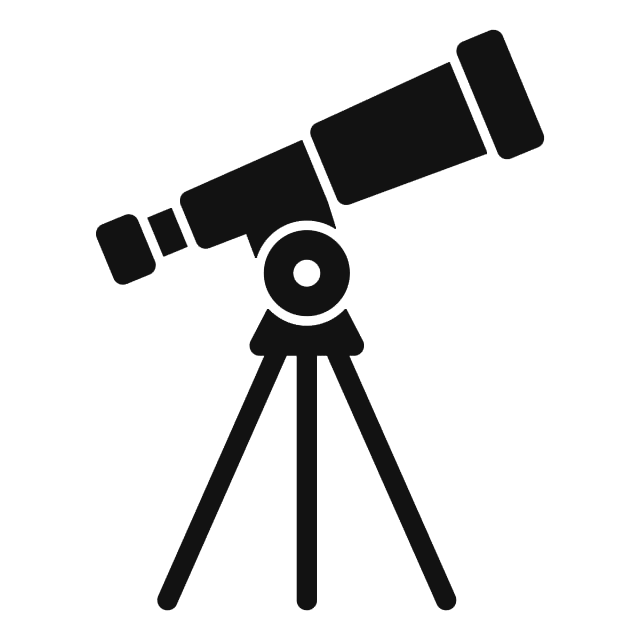ORION
 Orion
Orion
 Orion
Orion
 Orion
Orion
Orion is of the most conspicuous and recognizable constellations in the night sky, that got its name after Orion, a hunter in the Greek mythology. It is located on the celestial equator and visible throughout the world. It is a winter constellation (a summer constellation in the southern hemisphere), it is best visible from January to April in the northern hemisphere. In the tropics the constellation transits at the zenith.
Orion is one of the oldest constellations due to its bright stars, and it played an importart part in many ancient mythologies. In many star lores the three
middle stars ('The Orion Belt') and the and the four stars around them forming a rectangle had different names and myths.
In ancient Egypt, the stars of Orion were regarded as a god, called Sah. As Orion rises before Sirius,
the star whose rising was the basis for the Solar Egyptian calendar, its appearance in the sky was closely observed.
In Greek mythology, Orion was a gigantic, strong hunter, born to Euryale, a Gorgon, and Poseidon, the god of the sea.
The constellation is also mentioned in Horace's Odes (Ode 3.27.18), Homer's Odyssey (Book 5, line 283) and Iliad, and Virgil's Aeneid (Book 1, line 535).
Allthough the name Orion was known in the Greek-Roman culture, it was also called the Giant or Hunter, which name was also taken over by the ancient Arabic astronomers.
The constellation appears in almost all mythologies around the world, for example in the ancient Hindu and Middle-Eastern culture, later in the European folklore, as well as
in the legends of many African, Uralic and Siberian tribes.
Most notable stars and deep-sky objects
Betelgeuse
The brightest star of the constellation is actually a red supergiant star, tenth-brightest star in the night sky. Its brightness varies between 0.3 and 1.2 magnitudes in irregular intervals (ranging from weeks to years). It is expected to end its life with a supernova explosion, most likely within the next 100.000 years.
M42 (Orion Nebula)


The Orion Nebula is a diffuse nebula containining emission, reflection and dust nebula parts, situated in the Milky Way, just south of Orion's Belt. It is one of the brightest nebulae, a true marvel of the night sky. Under dark skies it is clearly visible with the naked eye, from cities and light-polluted areas it can be observed with binoculars. It is the closest region of massive star formation to Earth, therefore closely studied by scientists, but it is also a popular target for hobby astronomers and astrophotographers.
Horsehead Nebula (IC 434) 

The Horsehead Nebula (also known as Barnard 33) is a small dark nebula located near the Orion's Belt, its shape resembling a horse head. It is surrounded by other notable deep-sky objects, like the Flame Nebula (NGC2024), the emission and reflection nebula called NGC2023, or the reflection nebula IC 435, and it is part of the much larger Orion molecular cloud complex. It is quite hard to observe the nebula, as dark sky and a telescope at least 20 cm in diameter is required for it, but it truly shows its beautiful structures on astrophotos and photographic observations.
Monkey Head Nebula (NGC 2174 and NGC 2175) 

NGC 2174 is an emission nebula associated with the open star cluster NGC 2175. It is located about 6.400 light years away from Earth. The nebula is a site of star formation, and only can be observed with the naked eye through larger telescopes.
Visible with the naked eye |
|
Visible with binoculars |
|
Visible with telescope |
|
Popular target for astrophotography |
